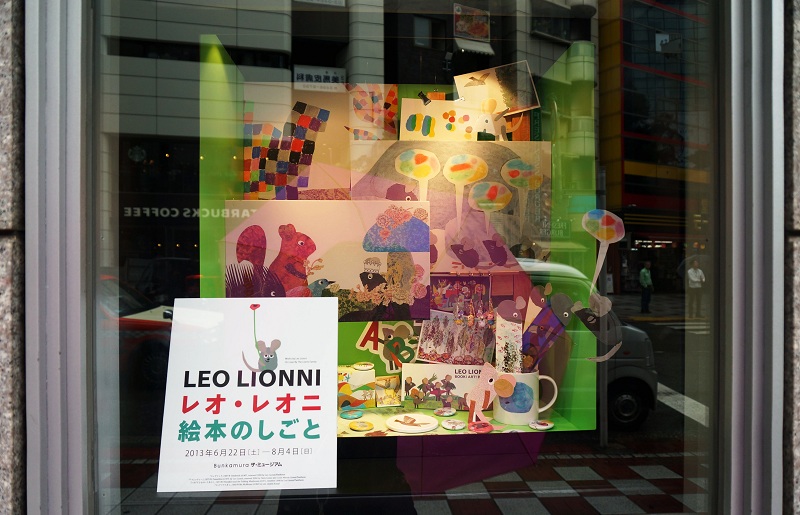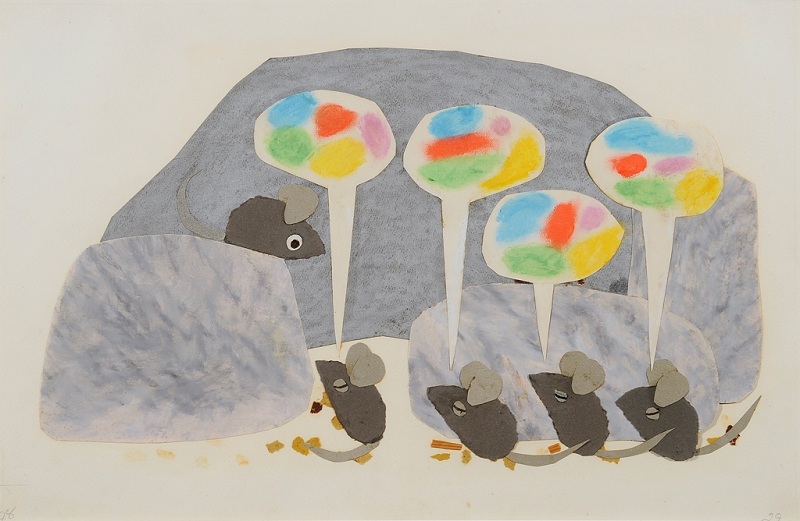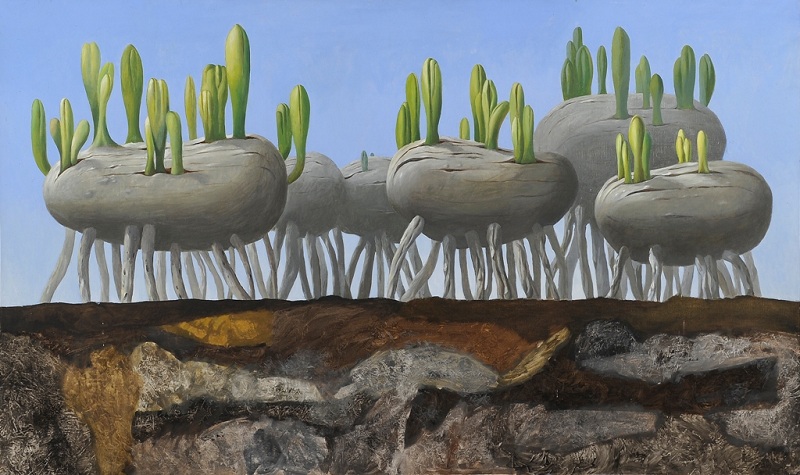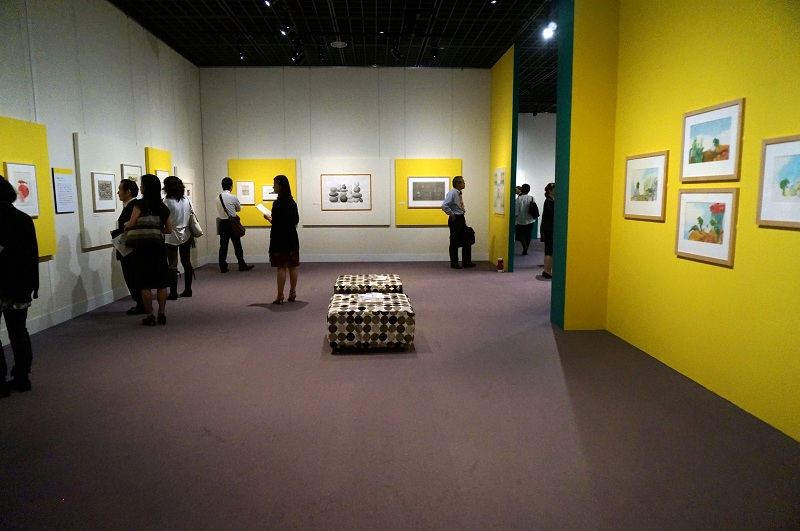A Colour of His Own: The Illustrations of Leo Lionni
- Published 2013.7.10

Arriving in Tokyo after a highly successful run at Kyoto Station's Isetan, the latest exhibition at the Bunkamura features children's book illustrations by Dutch-born Leo Lionni (1910 ŌĆō 1999). Having been active as a graphic designer, art director and magazine editor for decades, it was not until an afternoon spent with his grandchildren that he made his serendipitous foray into book illustration ŌĆō and generations since then have been thankful for his books.

Frederick, 1967
Prior to this exhibition I'd never read any of his books, but this exhibition made me wish I had, particularly growing up. Narratives about following your own dreams or being happy with who you are, are common themes in children's literature. Such stories tend to inspire cynicism in my more adult self; yet in Lionni's books these narratives were so pure and joyful that I couldn't help but be enchanted and a little inspired.
Lionni's stories are heart-warming and humorous, and his characters are by turns adorable, mischievous, dreamy, brave and resolute. The little animals in his tales ŌĆō mice, mainly, but also frogs, crocodiles and fish ŌĆō have various adventures and magical experiences, finding themselves or carving out their niche in life.

Matthew's Dream (1991), for instance, is about a mouse who follows his dream of becoming a painter ŌĆō perhaps a reflection of Lionni himself, who knew from the outset that he would be an artist. Nevertheless, it is also inspirational in its simplicity: create, craft, paint, and you will make art.

Mr. McMouse, 1992
His illustrations are the culmination of a lifetime spent honing his craft. Many of them are mixed media, showcasing some stunning collage work. To highlight just a few examples: the egg in An Extraordinary Egg is composed of cut-out pieces of card, bringing the delicate shards of eggshell into relief. Theodore and the Talking Mushroom (1971) mixes paper of different colours and textures, along with cut-outs of linograph-ed flowers ŌĆō colourful and wonderfully patterned, the figures and landscape full of action and life. Even when reproduced as a flat image, the collages have a remarkable tactile quality perfect for children's books.
Lionni was well-versed in traditional media, of course. His colour pencil drawings are among some of the most stunning works in the exhibition. The charming tale of Geraldine the Music Mouse is an obvious example, but one of the most gorgeous pieces has to be the illustrations to The Biggest House in the World (1968) ŌĆō again, the snail shell is hand-drawn cut-out, giving it a sense of three-dimensionality. I could have spent hours staring at this.

Not all of the illustrations are brightly coloured. One of my favourite series in the exhibition was Painted Pebbles, some of which illustrate the picture book On My Beach There Are Many Pebbles (1961). Some are shaped like whales, and some have faces. Entire worlds can be found in these intricate and whimsical drawings of pebbles in all sizes and shapes. The drawings of plants in Parallel Botany: A Fantasy Garden were also strange and fascinating, almost like alien life forms.

Swimmy ┬® 1963 by Leo Lionni, renewed 1991/Pantheon ┬®Semitransparent Design
One of the most enjoyable parts of the exhibition is the interactive installation of Swimmy, one of Lionni's most well-known books. The underwater world of Swimmy is projected onto a white wall, with disparate shoals of little red fish drifting around a shifting backdrop of seaweed and anemones. Walk closer to the wall, and follow the fish, and they coalesce into a more organized school, scrambling away from you. It's terribly hypnotic just to watch the iridescent ocean world shift in front of you.

The Bunkamura has put together a lovely, spacious exhibition that's also quite kid-friendly ŌĆō they've provided a reading area (with all the picture books!) and chairs dotted around the various rooms.

Of course, the displayed illustrations are placed well above child eye-level, making this an exhibition likely to be enjoyed far more by older children or adults. Certainly, my old, cynical self enjoyed this exhibition very much. It left me wistful and wishing I was younger and more innocent. Perhaps another visit is in order...
Bunkamura, 2-24-1 Dogenzaka, Shibuya-ku, Tokyo 150-8507
Runs until August 4th
10:00~19:00 (Last admission: 18:30)
Adults: ┬ź1300 (┬ź1100); university/high school students: ┬ź900 (┬ź700); middle/elementary school students: ┬ź600 (┬ź400).
Recommended reading: Leo Leonni (Biography)
